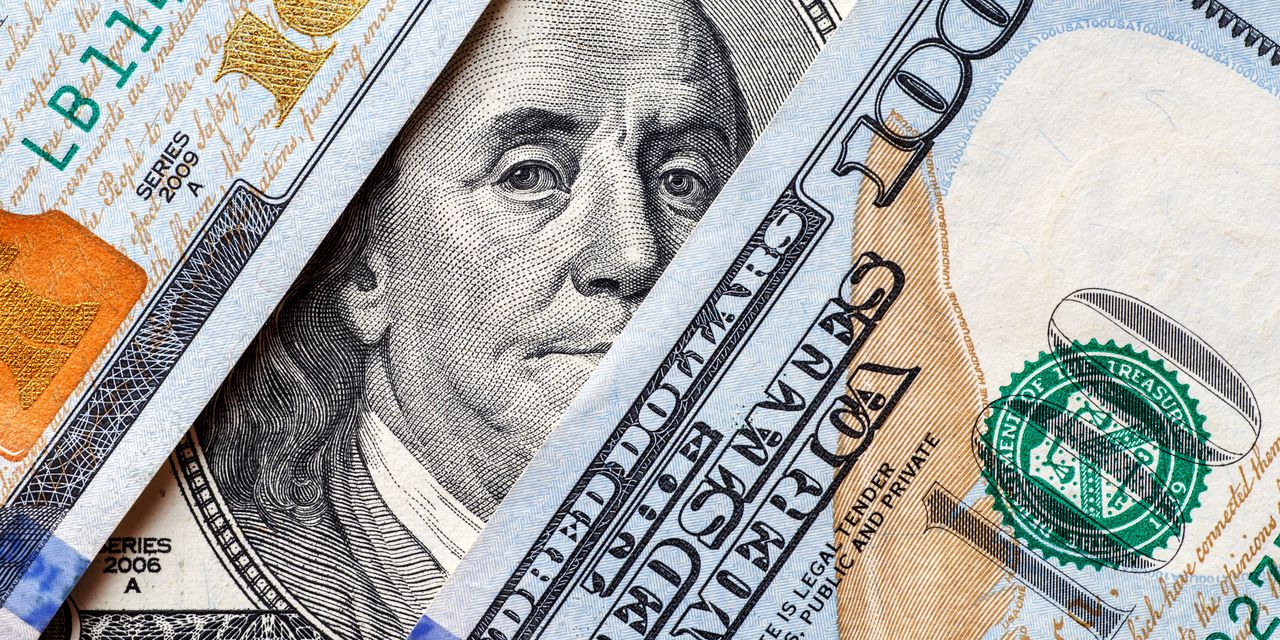After the Federal Reserve wrapped up its latest monetary policy meeting and finally left the door open to halting its aggressive interest-rate-hiking campaign, the looming U.S. debt-ceiling crisis has taken center stage in financial markets as investors are holding out for an update on plans to resolve a three-month standoff and avoid a default on U.S. Treasury debt.
A team of strategists at BNP Paribas, led by foreign exchange strategist Alexander Jekov, said they expect the U.S. debt ceiling to become “an increasingly important theme” for markets, and a potential suspension may give room for the U.S. dollar
DXY,
to jump.
“The U.S. debt ceiling presents an asymmetric upside risk for the U.S. dollar, in our view,” the strategists wrote in a Sunday note. “While there is no clear pattern as to how the USD trades into the U.S. Treasury’s X-date historically, once the debt ceiling is suspended or raised, the USD tends to either rally or trade flat.” (See chart below):
See: Debt-ceiling standoff: Biden to take part in another meeting Tuesday with McCarthy, other lawmakers
When a debt ceiling is hit, or the Treasury Department spends the maximum amount authorized under the ceiling, the government can only fund its day-to-day spending with its existing cash balance deposited in the Treasury General Account, or TGA, managed by the New York Fed.
The TGA is a liability on the Federal Reserve’s balance sheet, similar to bank reserves and notes. In order to balance the central bank’s assets and liabilities, a drop in the TGA will cause bank reserves to go up, administering an injection of liquidity into the financial system. In other words, the dollar liquidity is boosted, said Jekov and his team.
However, once the ceiling is no longer a “binding constraint” due to a raise or a suspension, T-bill issuance tends to rise, rebuilding the TGA cash balance, which could lead to a liquidity tightening, the strategists said.
“Tighter liquidity, in turn, spills over to the risk environment in a negative way, leading to a rally in the USD which is more pronounced versus high-beta currencies than versus low yielders,” said the strategists at BNP Paribas.
However, if there is no debt-ceiling rise or suspension in the next few months, strategists expect a risk-off across asset classes as markets begin to discount a higher risk of technical default.
Extended short-USD positioning according to a BNP Paribas’s model “could exacerbate any move higher in USD,” said strategists.
See: The stock market will struggle to rally until these 2 big fears are put to rest
The ICE U.S. Dollar Index, which measures the currency’s strength against a basket of six major rivals, fell 0.2% on Monday.
Read the full article here


